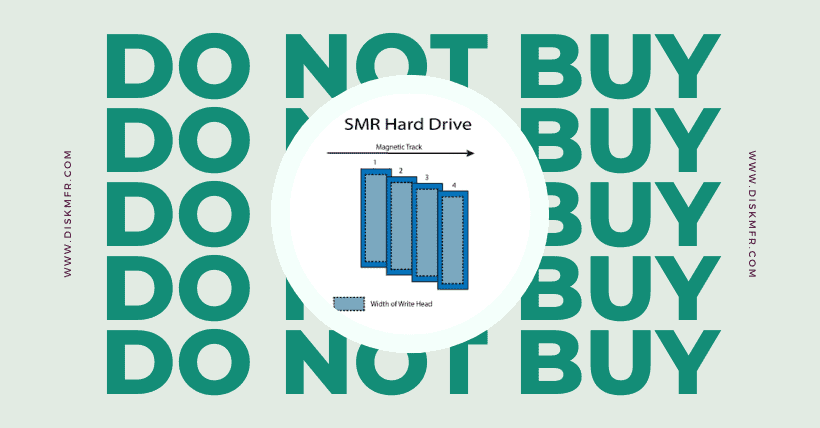In today’s world, talking about hard drives is quite a complex topic! It’s like discussing old wine versus new wine; SSDs (solid-state drives) are the “new wine,” but our old buddy HDDs (hard disk drives) still hold their ground.
When it comes to HDDs, people might think it’s just about the size difference between 2.5 inches and 3.5 inches, plus the RPM variations. But you really need to pay attention—SMR (shingled magnetic recording) and CMR (conventional magnetic recording) drives are like different brewing methods for old and new wines; they may look similar, but the taste is vastly different!
Let’s talk about SMR drives. Unlike CMR drives, which neatly arrange data one by one, SMR drives stack data layer by layer, much like roof shingles, where each shingle overlaps the previous one slightly. On the surface, this method seems clever.
Indeed, SMR drives offer a higher storage density than CMR drives, akin to getting more “wine” for your money at a small tavern than at an old one. Plus, this “wine” is cheaper—who wouldn’t be tempted?
However, the downside is that using this “wine” isn’t as pleasant. The major flaw of SMR drives is their painfully slow write speeds. Imagine if the tiles on your roof were all stacked together and you needed to replace one in the middle—you’d have to struggle to lift the tiles above it.
Similarly, because SMR tracks overlap, writing data can feel like a tortoise crawling. If used in a NAS that requires frequent writing, the transfer speeds can drive you crazy, much like being incredibly thirsty but only able to sip water slowly.
Now, picture this scenario: your hard drive array suddenly has an “old wine” that fails, and you need to replace it with a “new wine.” If you choose an SMR drive, the rebuilding process might feel like watching grass grow—especially for data hoarders like me, where the server could take days to complete the rebuild.
That said, SMR drives aren’t entirely useless. If you just want to store old photos or videos—essentially “write once, read many times”—SMR drives are cheap and practical, perfectly meeting your needs.
However, if used in a RAID system that requires frequent writing, it’s like trying to mix a top-shelf cocktail with cheap new wine; it’s just asking for trouble.
To make matters worse, manufacturers have been quietly mixing SMR drives into products that were originally CMR, testing our discernment. So, before buying a new hard drive, it’s crucial to investigate its details like a detective—this is a habit I strongly recommend for every NAS user.
So, you need to distinguish between SMR and CMR. Just like selecting wine, don’t focus solely on price; choosing according to your actual needs is the real deal!
Related:

Disclaimer:
- This channel does not make any representations or warranties regarding the availability, accuracy, timeliness, effectiveness, or completeness of any information posted. It hereby disclaims any liability or consequences arising from the use of the information.
- This channel is non-commercial and non-profit. The re-posted content does not signify endorsement of its views or responsibility for its authenticity. It does not intend to constitute any other guidance. This channel is not liable for any inaccuracies or errors in the re-posted or published information, directly or indirectly.
- Some data, materials, text, images, etc., used in this channel are sourced from the internet, and all reposts are duly credited to their sources. If you discover any work that infringes on your intellectual property rights or personal legal interests, please contact us, and we will promptly modify or remove it.








